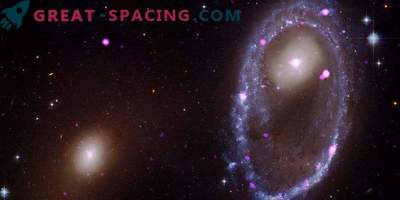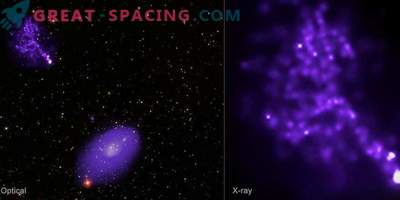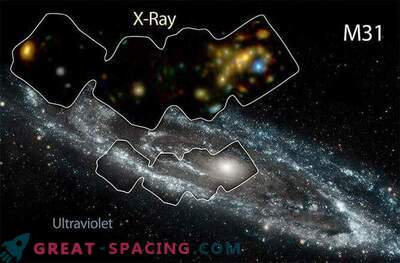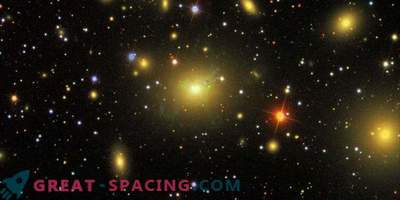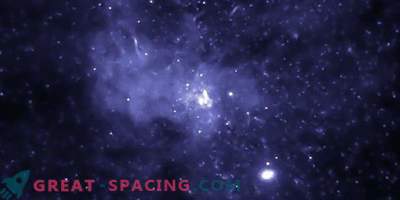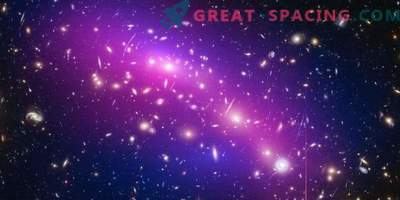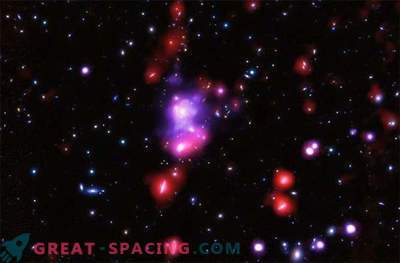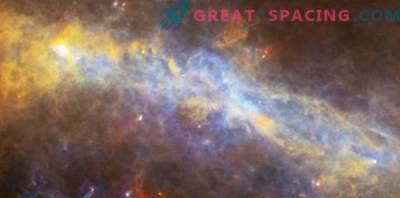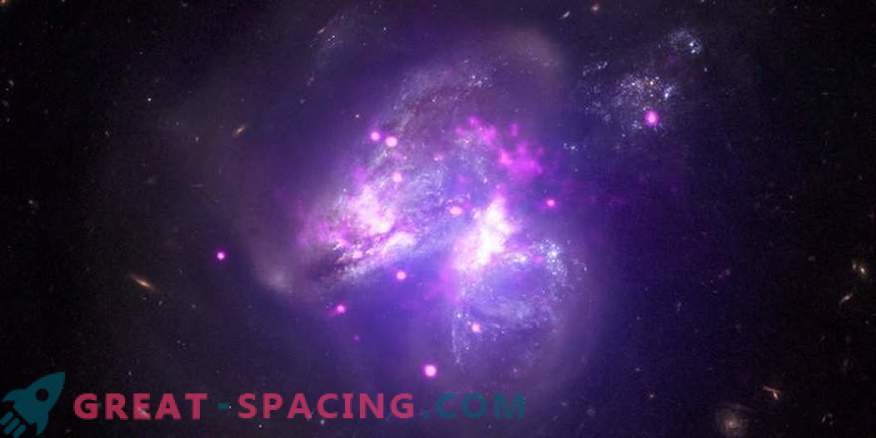
What happens if you mix two galaxies for millions of years? A new snapshot from the Chandra Observatory will answer this question.
This is the Arp 299 system, which is 140 million light-years distant. It has two merging galaxies. In this process, new stars are created. However, the observations also show 25 x-ray sources. Moreover, 14 of them are powerful enough to become ultra-bright X-ray sources (SRI).
They are found in the regions of the active birth of stars. Most likely, we are dealing with binary systems, where a black hole or a neutron star steals matter from a neighbor that is more massive than the Sun. These are highly massive X-ray binary stars.
Such a cocktail is rare, but Arp 299 is one of the most powerful star-forming galaxies in the entire Universe. The reason was the merging of galaxies that activated stellar births. The composite image displays Chandra X-ray information (pink), NuSTAR high-energy X-ray data (purple), and visible observation of the Hubble telescope (white and weak brown). The system also emits a huge amount of infrared rays.
Interestingly, infrared and X-rays very much resemble examples of ancient galaxies. Chandra also displays diffuse X-rays from hot gas scattered throughout Arp 299. Most likely, the high speed of supernovae led to the fact that most of the hot gas left the system.
